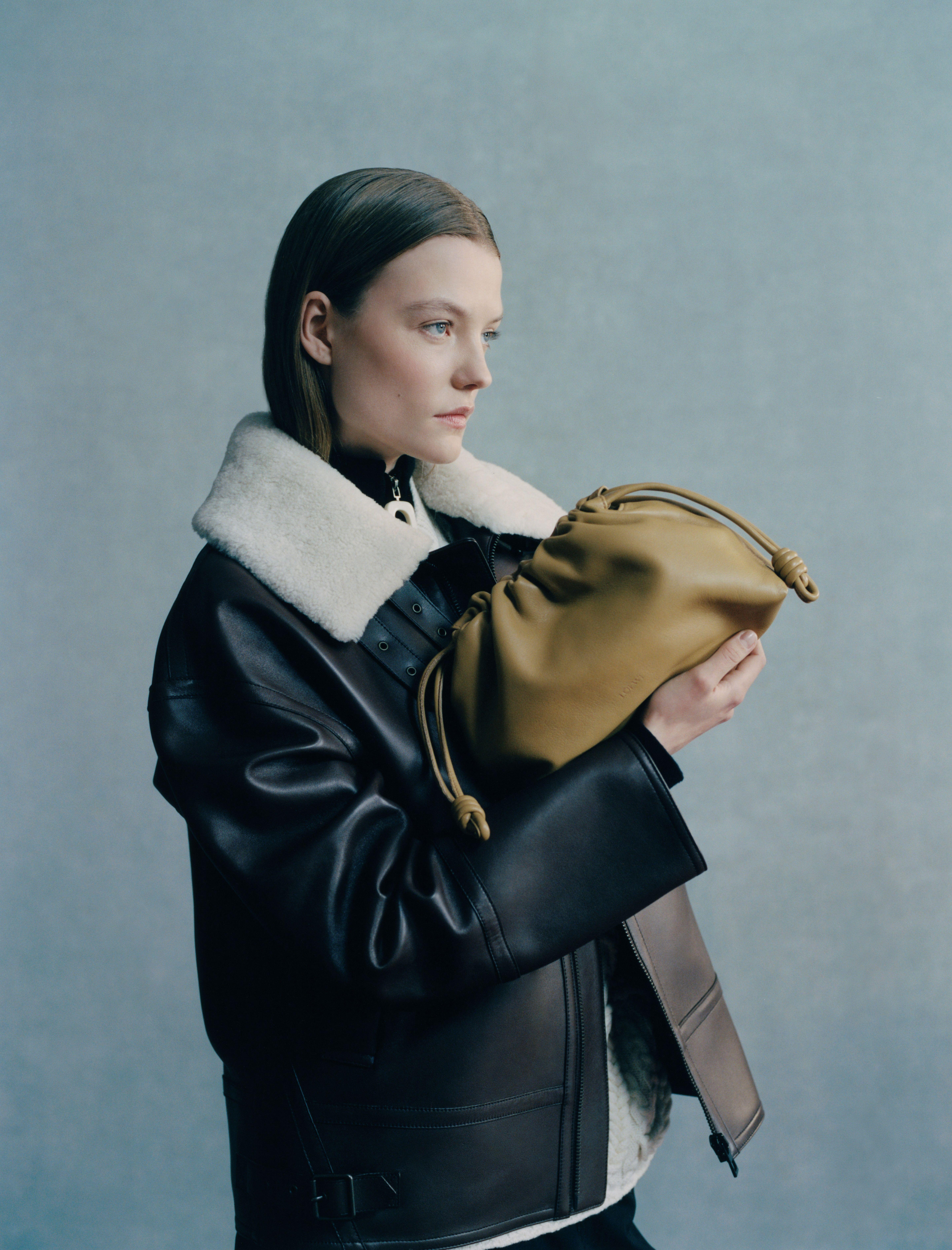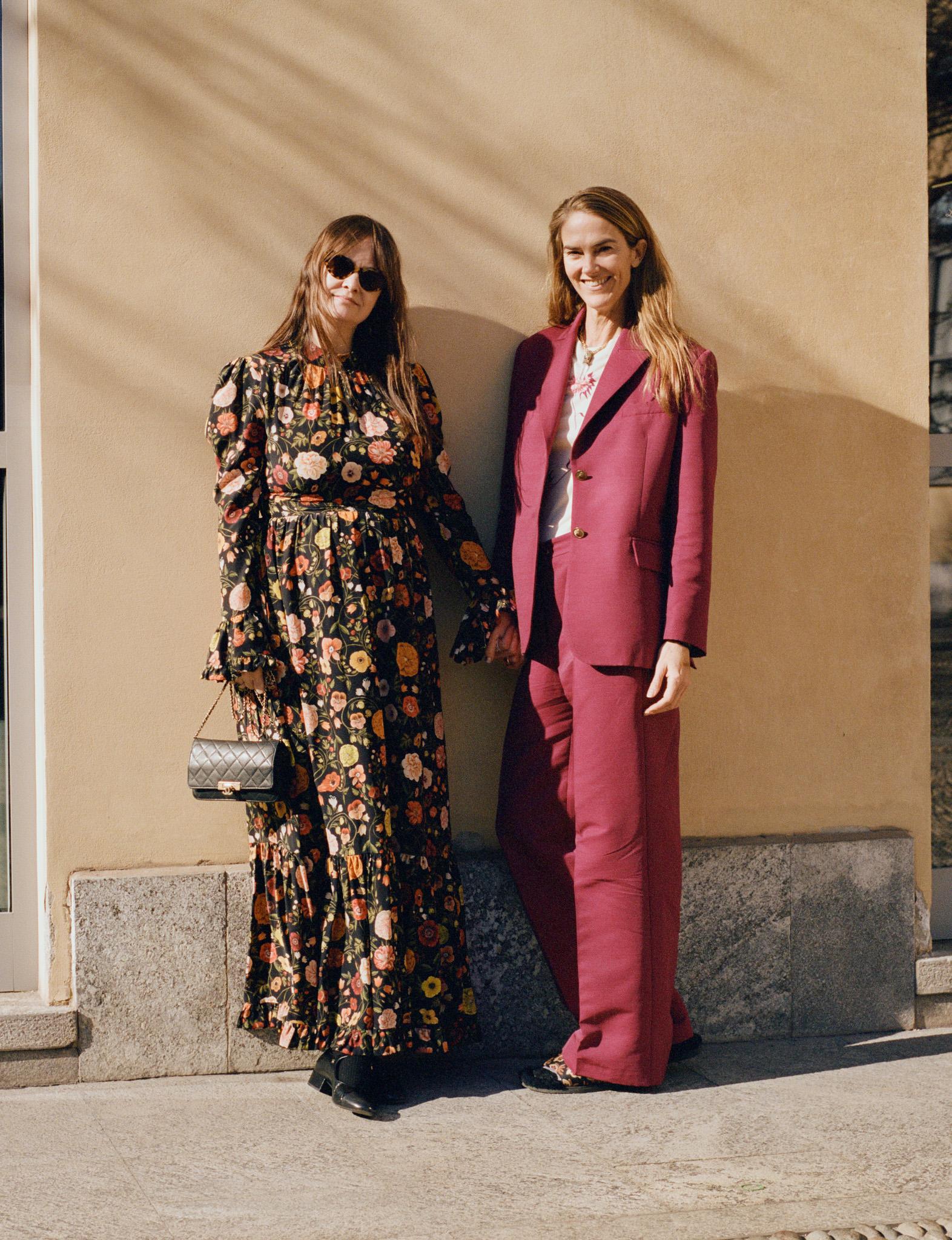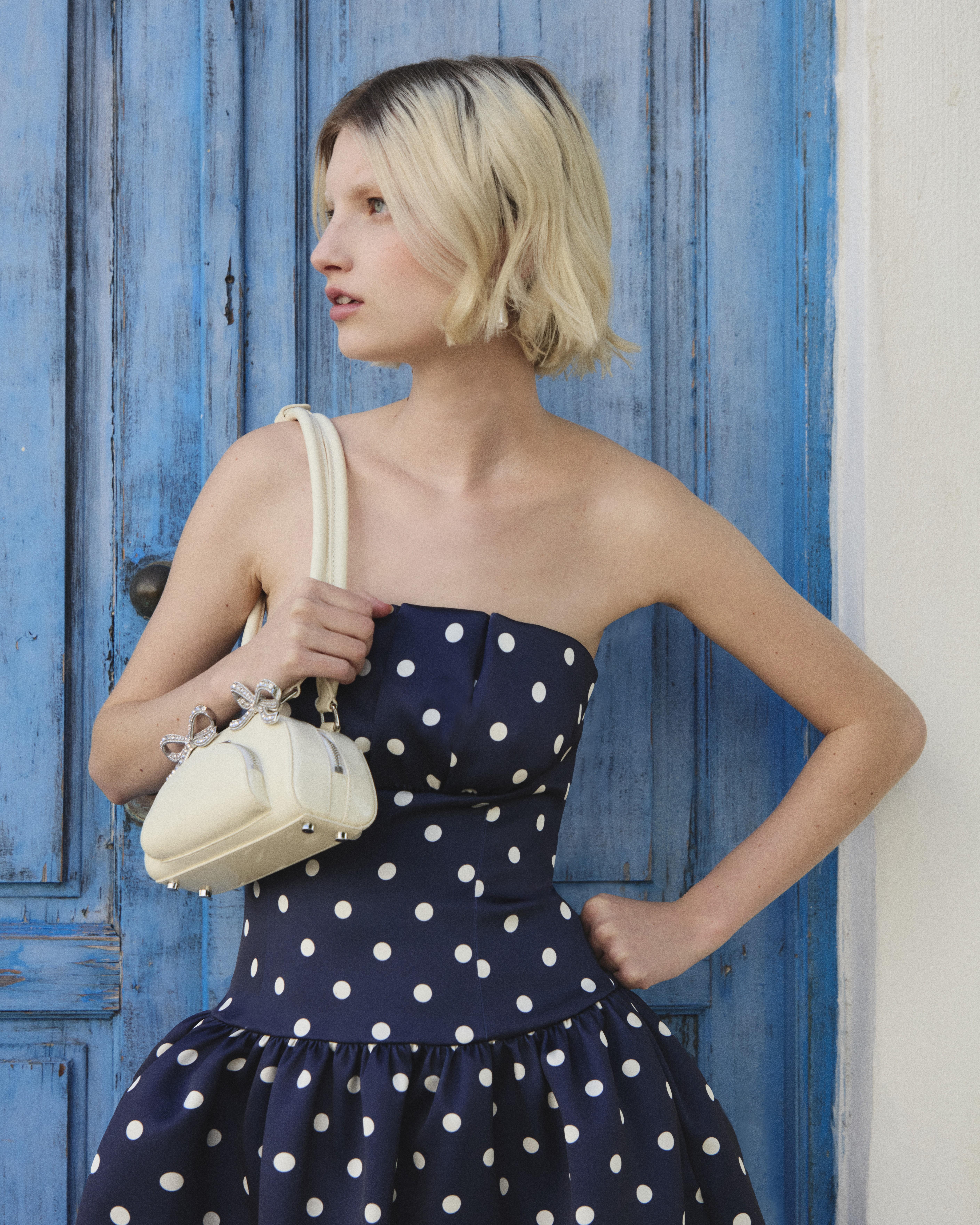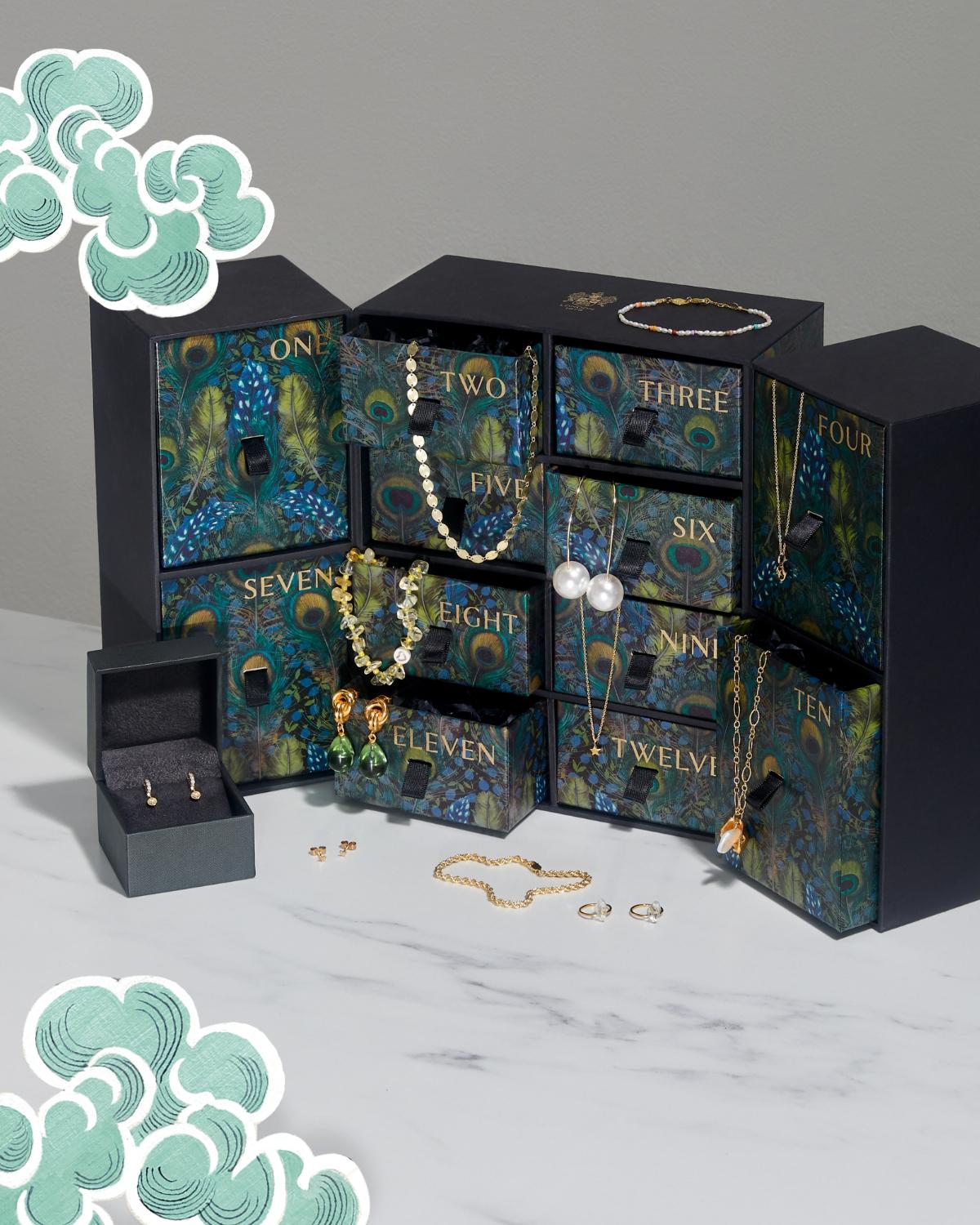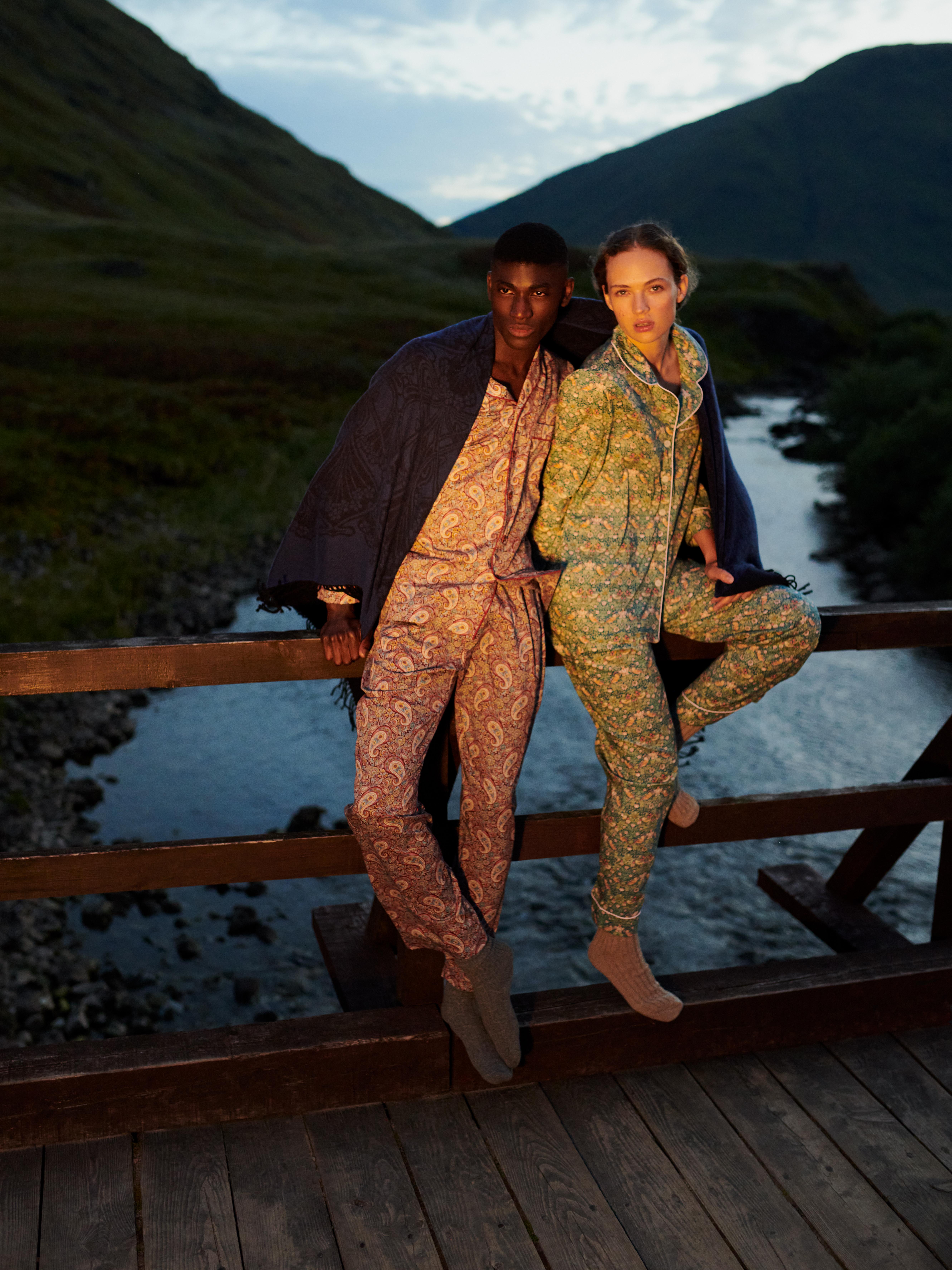Dries van Noten
You asked, we made it happen - the celebrated designer talks floral escapism and the changing face of fashion
Read more
Dries Van Noten
You asked, we made it happen - the celebrated designer talks floral escapism and the changing face of fashion
Shop the collectionBy: Team Liberty
Built to stand the test of time, Dries Van Noten has an uncanny ability to create collector’s items – pieces unlike anything you’ve seen before, that will become part of your forever wardrobe. Highlighting the craft involved in high fashion, the details are flawless. There’s always something unexpected to discover in the a suit lining, the finish of a cuff or the glittering metallic thread of an embroidered print. Here, the illustrious Belgian designer casts an eye over the changing face of fashion, opening up about his early days and his own form of floral escapism.
At what point in your life did you fully understand that fashion was going to be a part of your destiny?
I grew up in a family of fashion people. My grandfather was a tailor, he started his own business in between the two world wars in Antwerp and it was the first one to make ready-made men’s suits. My father also was then going to work for his father, so from early on, fashion and fabrics were around. In the Seventies, my father decided to start his own stores. I must have been a few years old when he was doing that and for me it was a fascinating world because I was the youngest at home so I went with my parents on buying trips to Milan, to Florence, to Paris, to Dusseldorf, saw fashion shows. It was a fantastic thing so, for me, fashion was really my future.
What was it that made you think, “I’m actually going to launch my own label”?
Originally my father was hoping I was going to continue the family business because my brothers and my two sisters were not really interested in fashion. Just to prepare myself, I had two options: to study business or to study fashion. There was a small fashion department at the [Royal Academy of Fine Arts] in Antwerp, so I decided it would be fantastic to do that. After a few months, I discovered that designing clothes, making collections, was much more fun than only buying and selling them, so I proudly went to my father to say, “You know something? I’m actually not interested in the family business. I want to do my own collections and I want to make my own clothes. Then he said, very carefully, in a very direct way, “OK, that’s maybe your choice, but then I don’t pay for your studies anymore”. In that way, I had to work to pay for my studies, which was also a good thing.
Looking back at it now, knowing everything you know today, what advice would you give your younger self just starting off your brand? Would you change anything?
The situation has changed completely. In that time, it was the early Eighties that we were thinking, as a group of fashion designers from Antwerp, to do our own collections. It was a new thing but it was also a different kind of fashion world – there was no internet, there was no computer – so fashion could come from unexpected countries. Now the world has become one big world. It was an exciting time. We had a good balance of working very, very hard and living also very fast. Of course, sometimes the fashion starts to take you over so it’s hard. Sometimes I think it’s a pity that I didn’t live more but, on the other hand, I’m also very happy with how everything went.
Do you think, if you were in your youth today, you would start a fashion label? Given all the changes that happened in this industry so quickly.
Of course, yeah, now I would do it differently. When you think about not having internet, how we had to discover things, how we had to find out addresses of stores we’d like to sell to – it was the only way that we could do it. Now you have so many options. It’s also tempting now to do a very small collection, maybe more handcraft, because now people are open to that. In the Eighties, of course, fashion, it was really fashion with a big F.
I don’t make fashion just for fashion, I really make clothes that people enjoy, to buy and to wear.
What still really excites you about fashion today?
Fashion has always been a way of communication. You make garments that people can really wear, that can underline their personality and that can tell something about how they feel, who they are. That still, for me, is my main thing. I don’t make fashion just for fashion, I really make clothes that people enjoy, to buy and to wear. You can make incredible things, but when at the end nobody actually buys and wears them, it’s like a baker who makes beautiful cakes but nobody eats them.
And you’ve never advertised?
We advertised once or twice in the late Eighties but we saw very quickly that it was not the right way to do it, that you could only do publicity when you had a big budget and could do a big campaign. We waited a few seasons, then the company was doing better and better so I said, maybe I have the budget to do a small fashion show and maybe that’s more interesting because there I can tell even more what I was dreaming about, what the collection was about. It’s like a little piece of theatre that I could organise, with lights, sound, music – and that was, of course, a new world for me.
Do you still enjoy doing fashion shows as a piece of your communication?
Fashion shows stay very important for me because it’s the end of a whole creative process. We start a collection something like six months before the show; you select fabrics, yarns, sequins, but it’s only a few weeks before the fashion show that you start to see those elements coming together. We think in our heads how the final outfit is going to look but that you can only see the moment you have the printed fabrics, the embroidery, the shoes coming in, the handbags, the jewels. Then you put it on and you say, put this type of light on it, play this type of music, that’s the emotion we want people to feel when they see the outfit. The fashion show is the perfect way of doing that.
Do you have a favourite show in your head that encapsulated everything you wanted to say for that?
There are a lot of shows which I’m still very proud of and sometimes it’s more because of the whole extravaganza of the show. The 50th, which was the fashion show on the table with 130 chandeliers, was a really beautiful thing. Also, the party, the festive feeling of everything – and the collection went very well together. Of course, there are a lot of shows for me that are a lot more important creatively. Then there are times when the collection was a step forward – maybe a little too much forward for our customer but, for me, creatively interesting because I could learn from that for future collections.
We know that you love to garden, that you famously have a very, very beautiful garden at home. What is it about gardening that relaxes you or what is it that draws you to it?
Patrick and I, we bought the house more than 20 years ago. We were a couple and we were both in the company, we work and we live together, which is fairly demanding and we discovered, in fact, that we needed something else in our lives than fashion. So, it was a good thing to find a house with a big garden and then we really felt that gardening puts us in balance. I think also gardening makes you humble – which in fashion sometimes we need! It really puts you with your two feet on the ground, literally. And OK, you can’t control everything. In fashion, we try to control everything and everything is so important. In gardening, you’re a human being confronting God and nature so there, of course, you look to everything in a different way which is a good thing.
In fashion, we try to control everything and everything is so important. In gardening, you’re a human being confronting God and nature.
Do you have a favourite flower or plant?
For me, every plant in season is nice. In summer and in the spring, we are spoiled because we have all of the peonies, all of the roses, the rhododendrons, all these enormous quantities of flowers. Now, I’m looking forward to the end of December when the witch hazel starts to flower – you just have a very tiny little flower, bright yellow or orange, and it’s the only flower which can survive a frost. When there is a little bit of winter sunshine on them, it’s beautiful – they lighten up completely and smell incredible. You have to go into the garden on a cold day to admire those things and that’s, I think, every season, so every time it’s the flower of the season for me which is a favourite.
Talking of flowers, we’re in Liberty. What is your first memory of Liberty and experience of Liberty?
Liberty is, for me, one of the key, very traditional stores here in London and it’s so typical of England. And I’m fond of everything which is Arts & Crafts. I grew up in a house which was completely Arts & Crafts as a child so, for me, it’s a very normal thing. I love everything which is William Morris, all that world, all these elements, in that way I really feel at home here.
Other than Liberty, when you come to London is there another place that you make sure to visit when you have time?
Museums of course, book stores – one of my favourites stores is always Hatchets, for me it’s an institution. I love, on one side, the very traditional things, but on the other hand of course, I love also Tate Modern, all those really contemporary buildings which are here and where you see the most amazing art. London is a fascinating city because, again, the balance is so good – you have the past, which is really respected, but on the other hand you have also the future.
Last question. If you could design any other product category, other than clothes, accessories or fragrance, what would you want to design?
I’m not really looking design a lot of other things. I love to cook, I love to garden so I think maybe vegetable gardens would be my ideal thing to draw because you have the combination of food, you grow, you produce yourself, everything that you can eat, which makes me feel very rich.
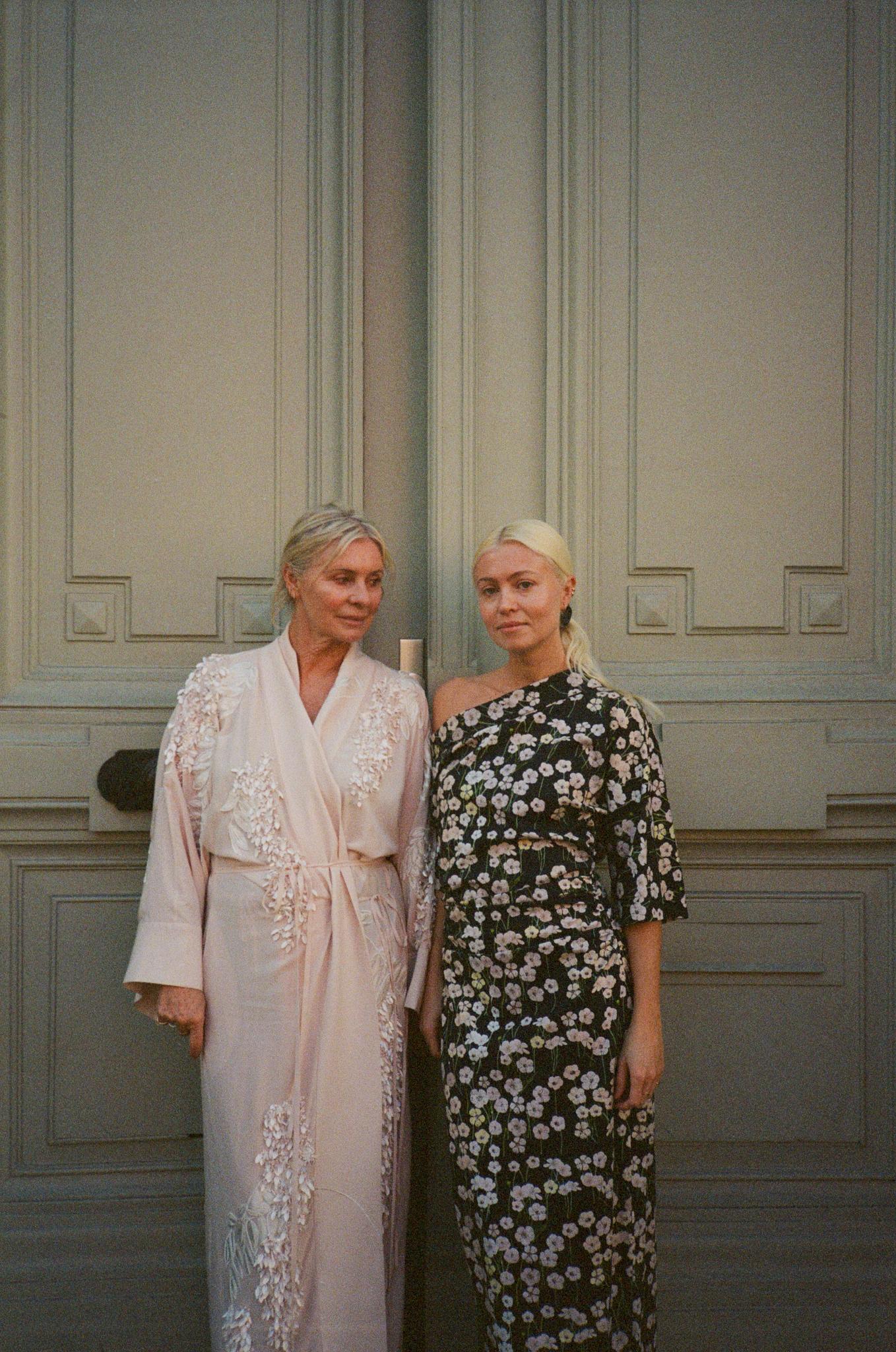
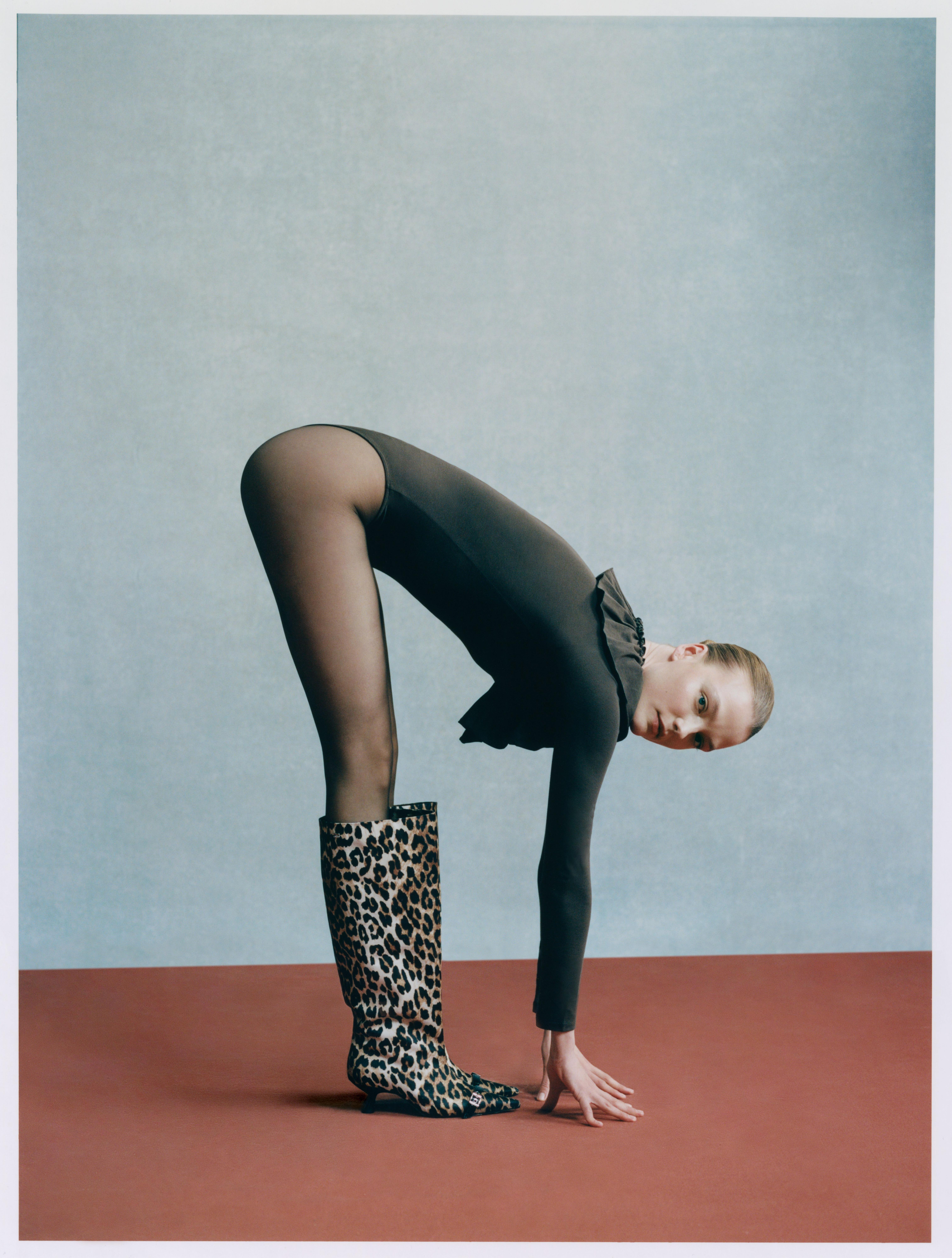
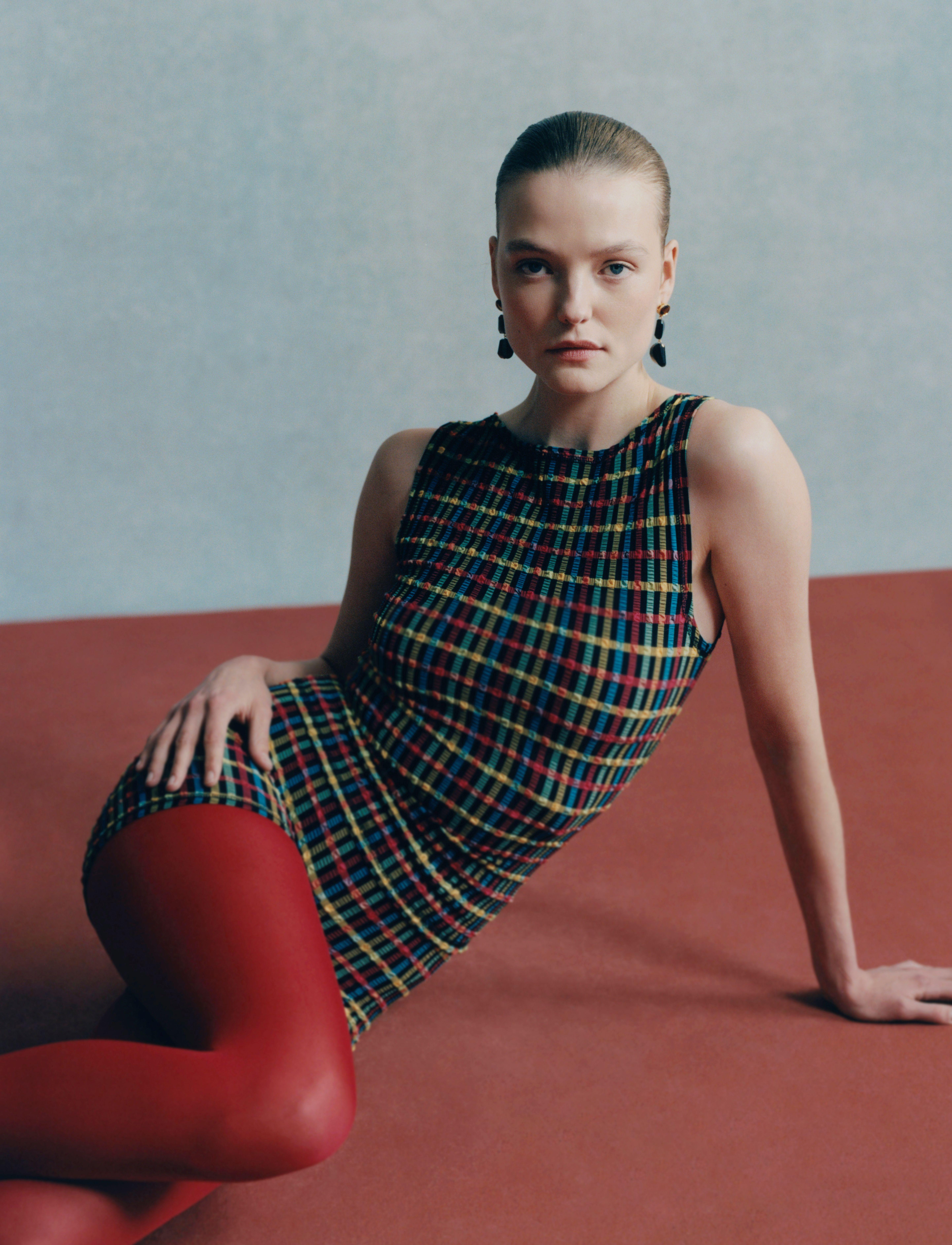
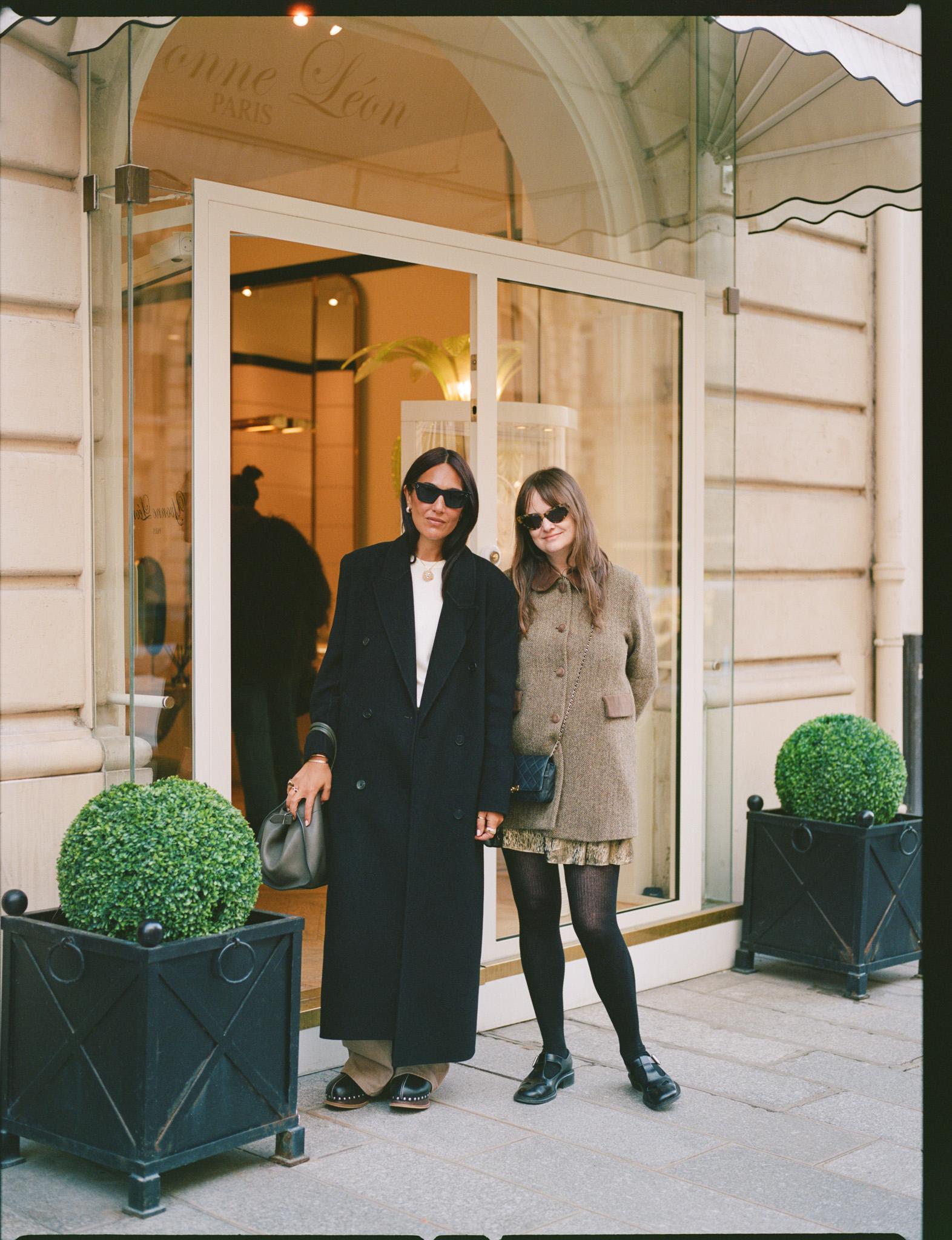
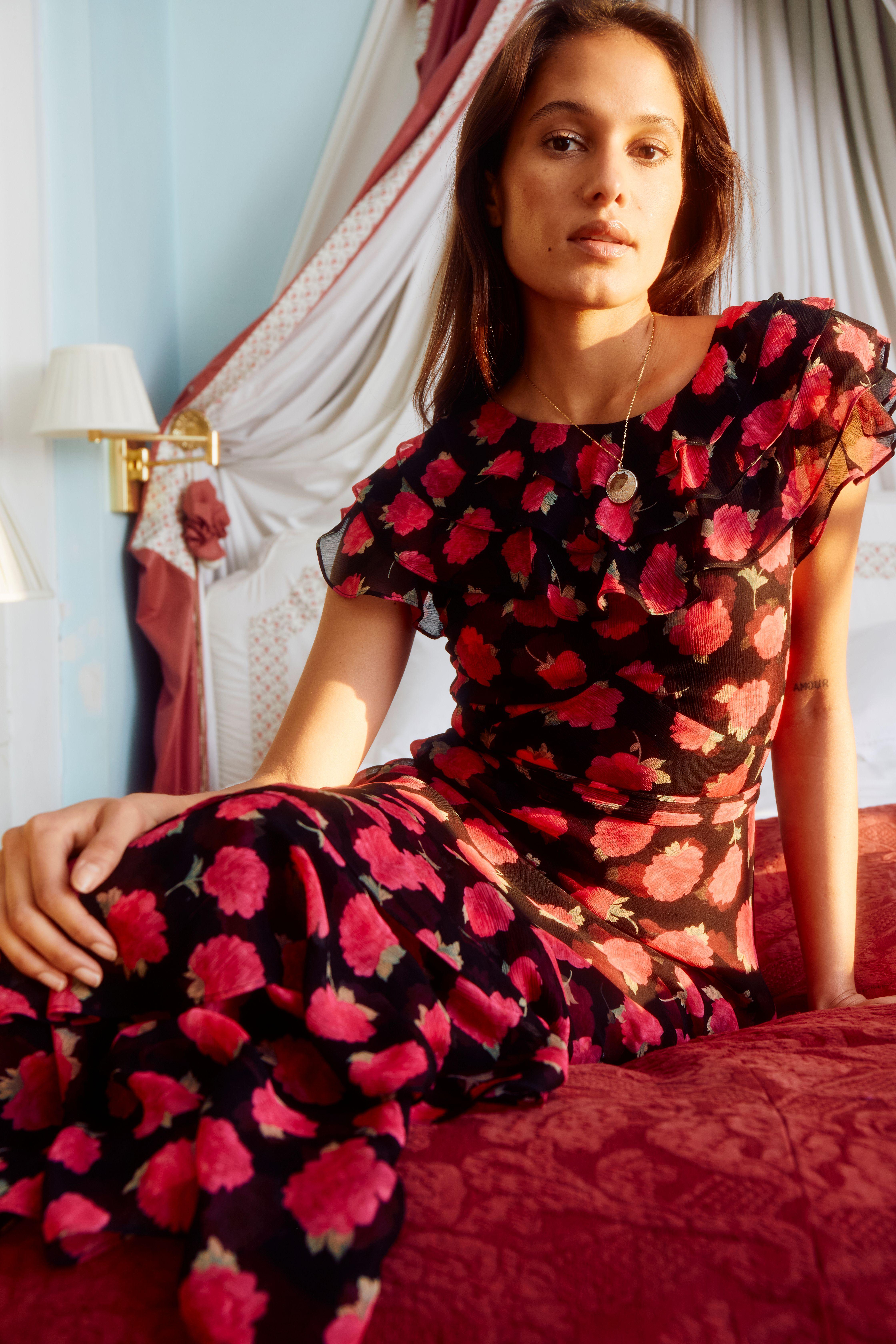

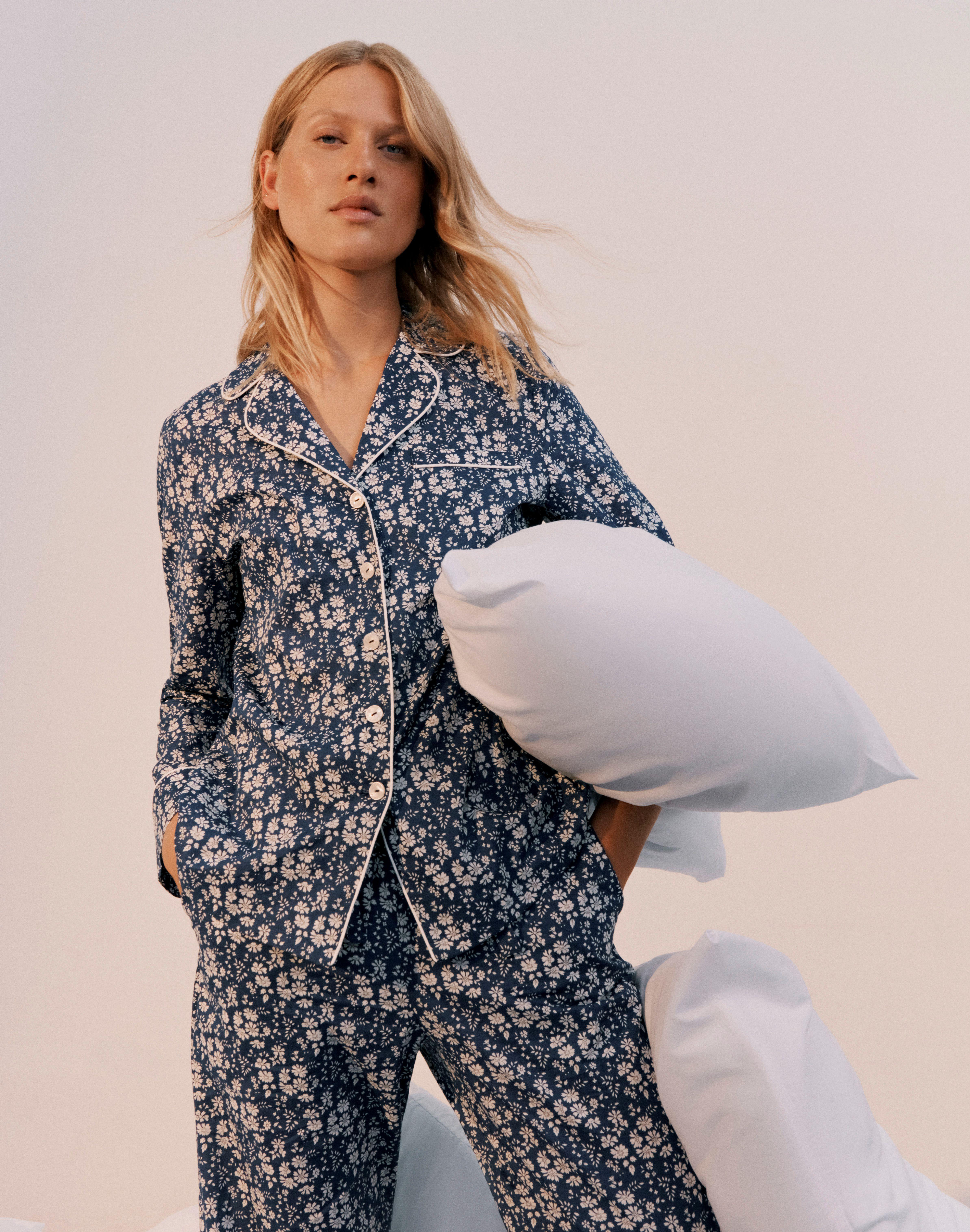
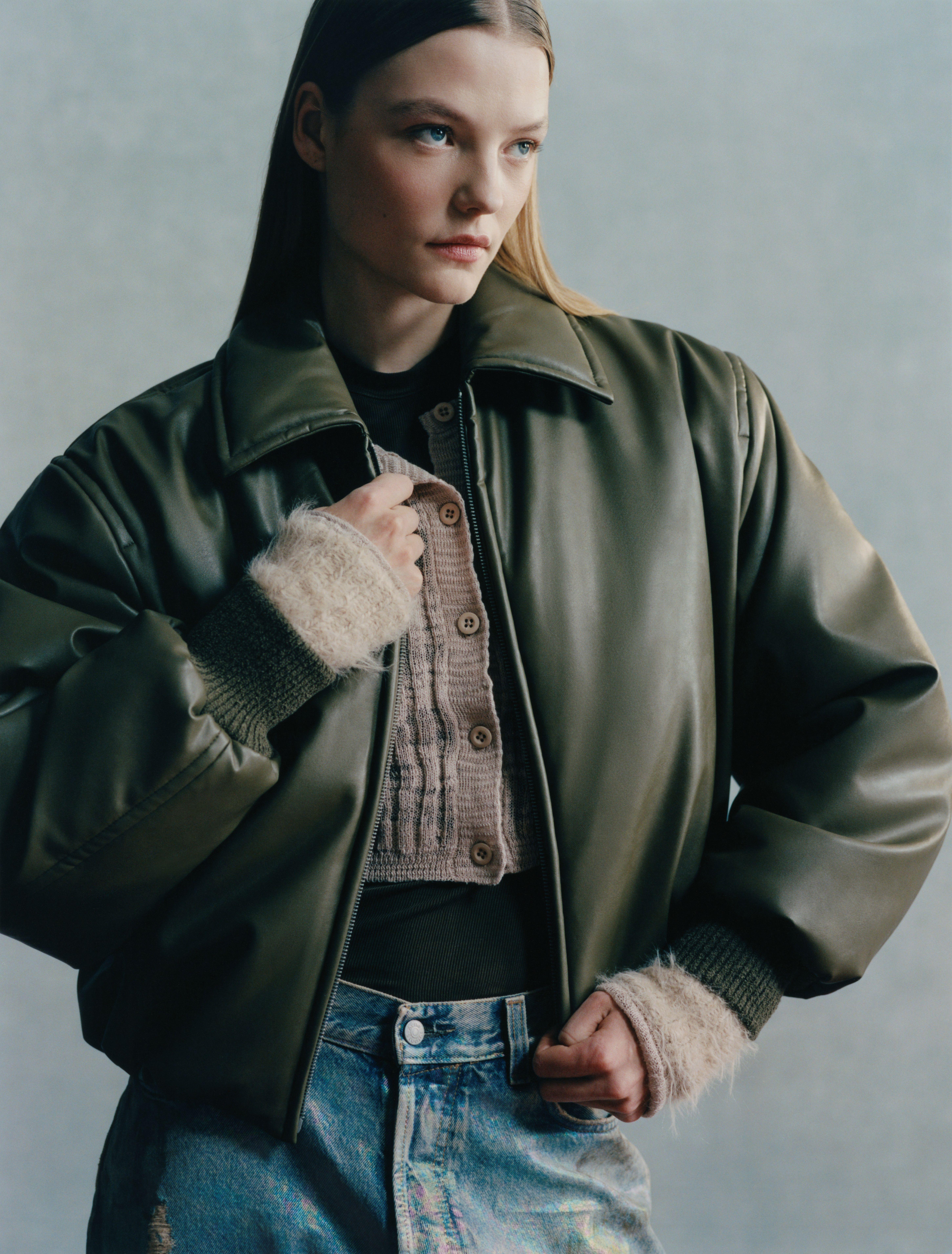
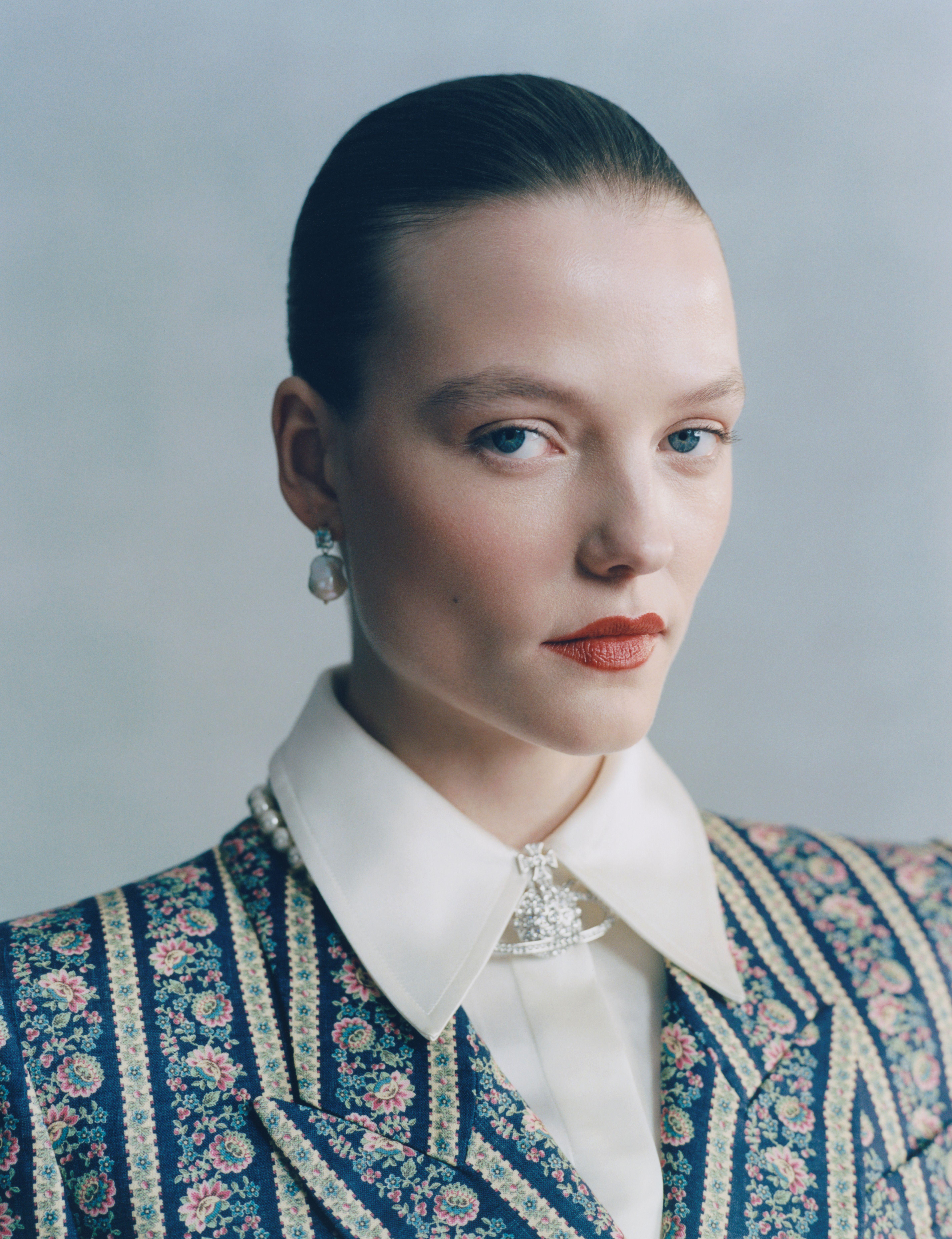

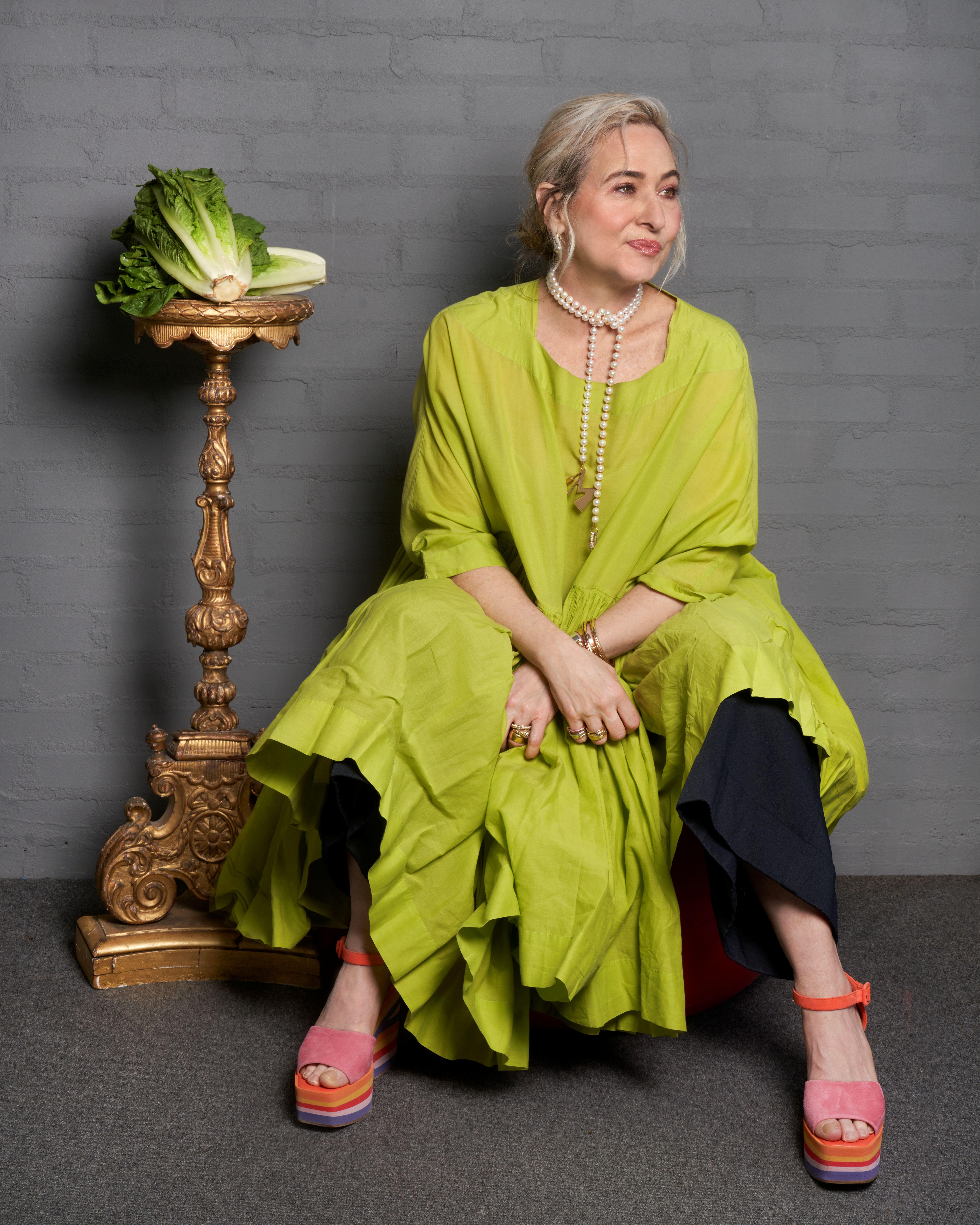
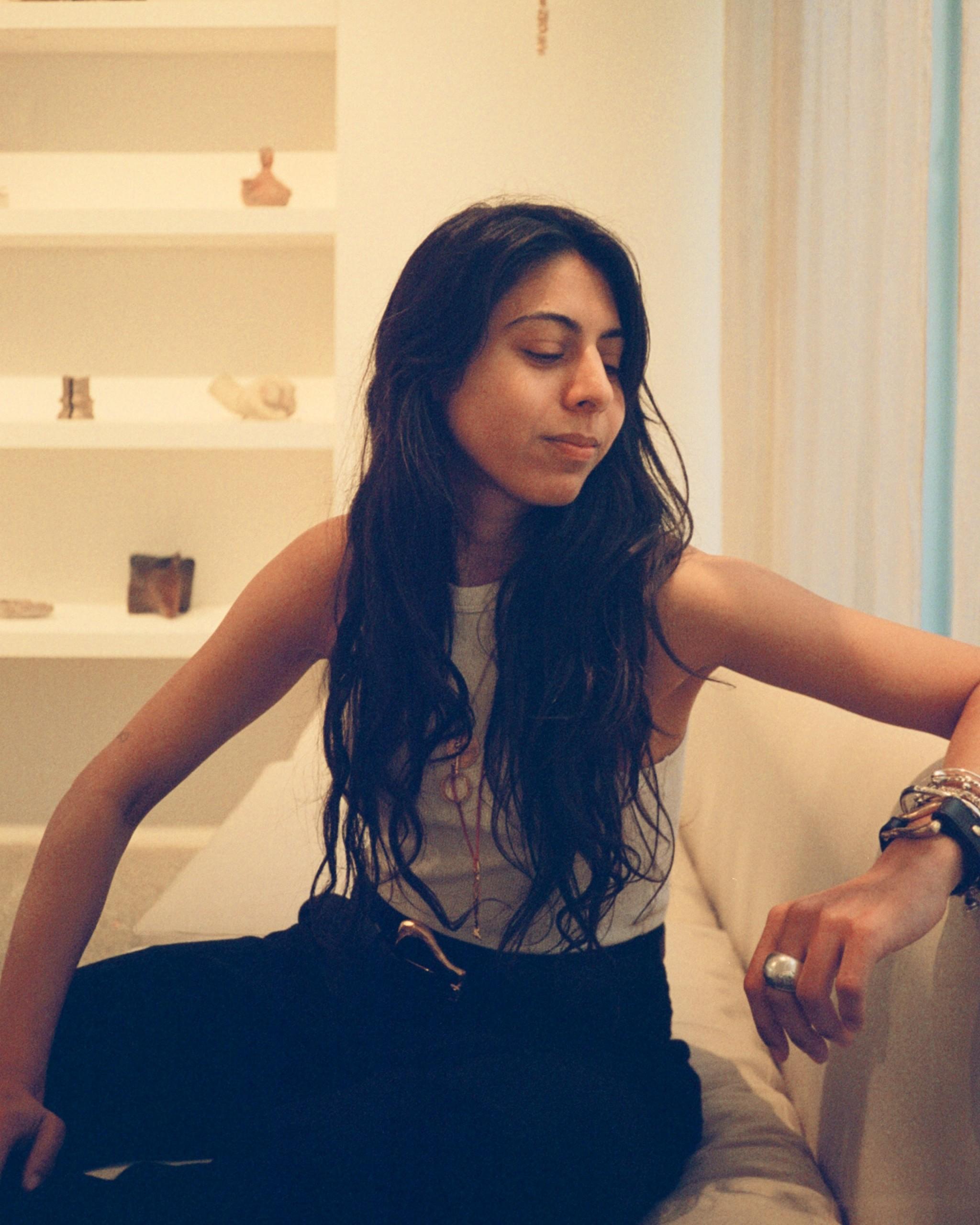
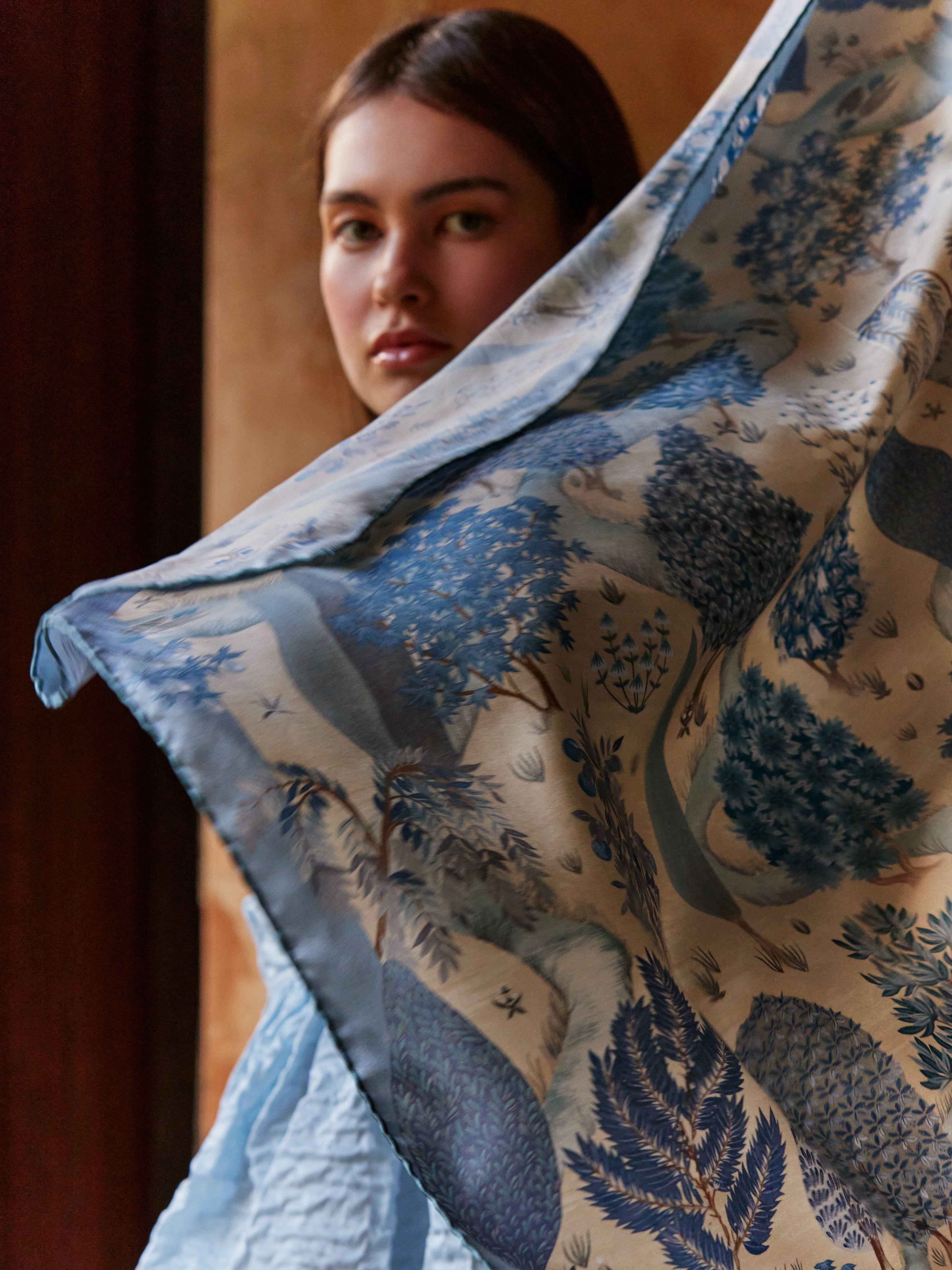
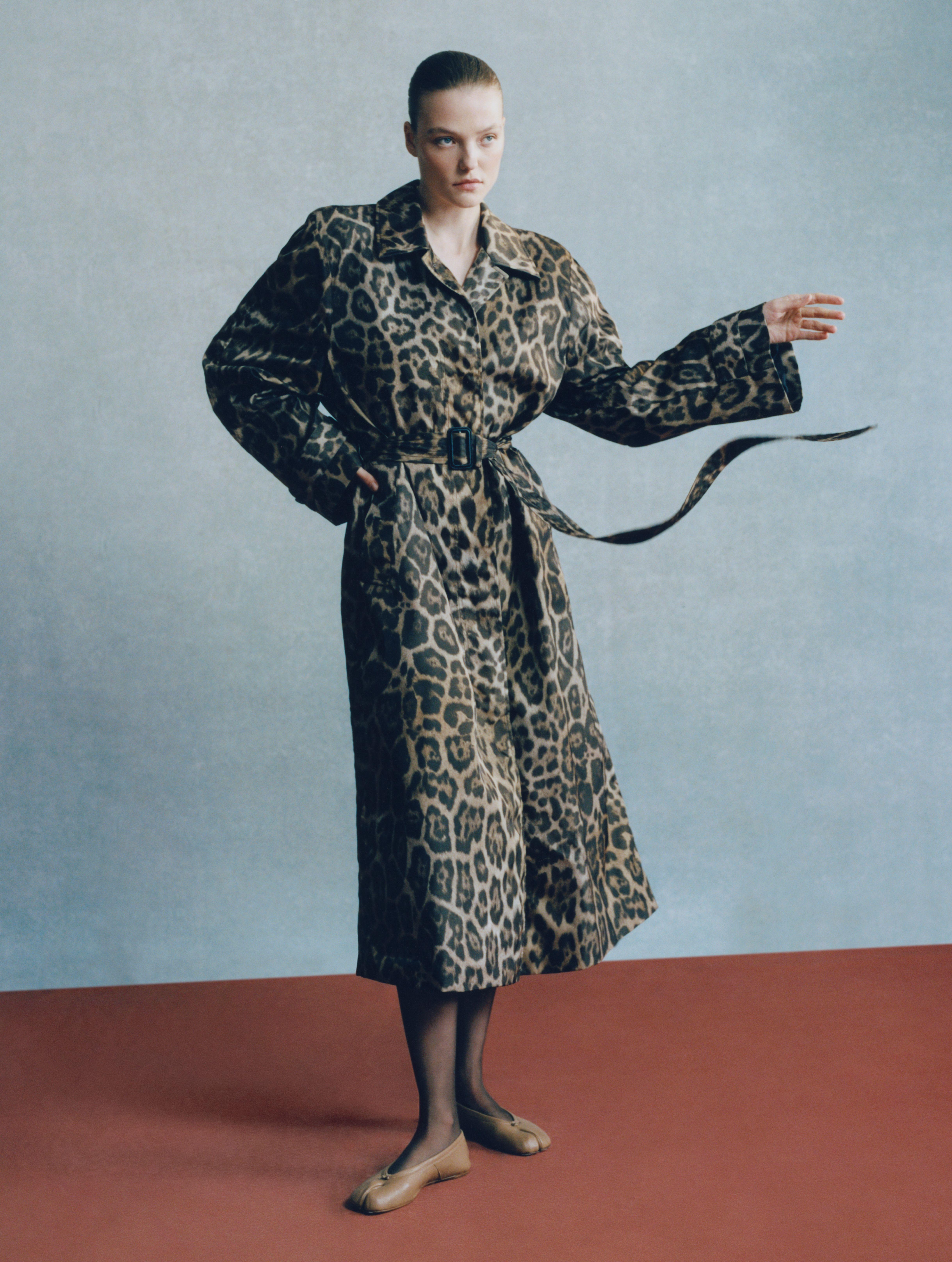
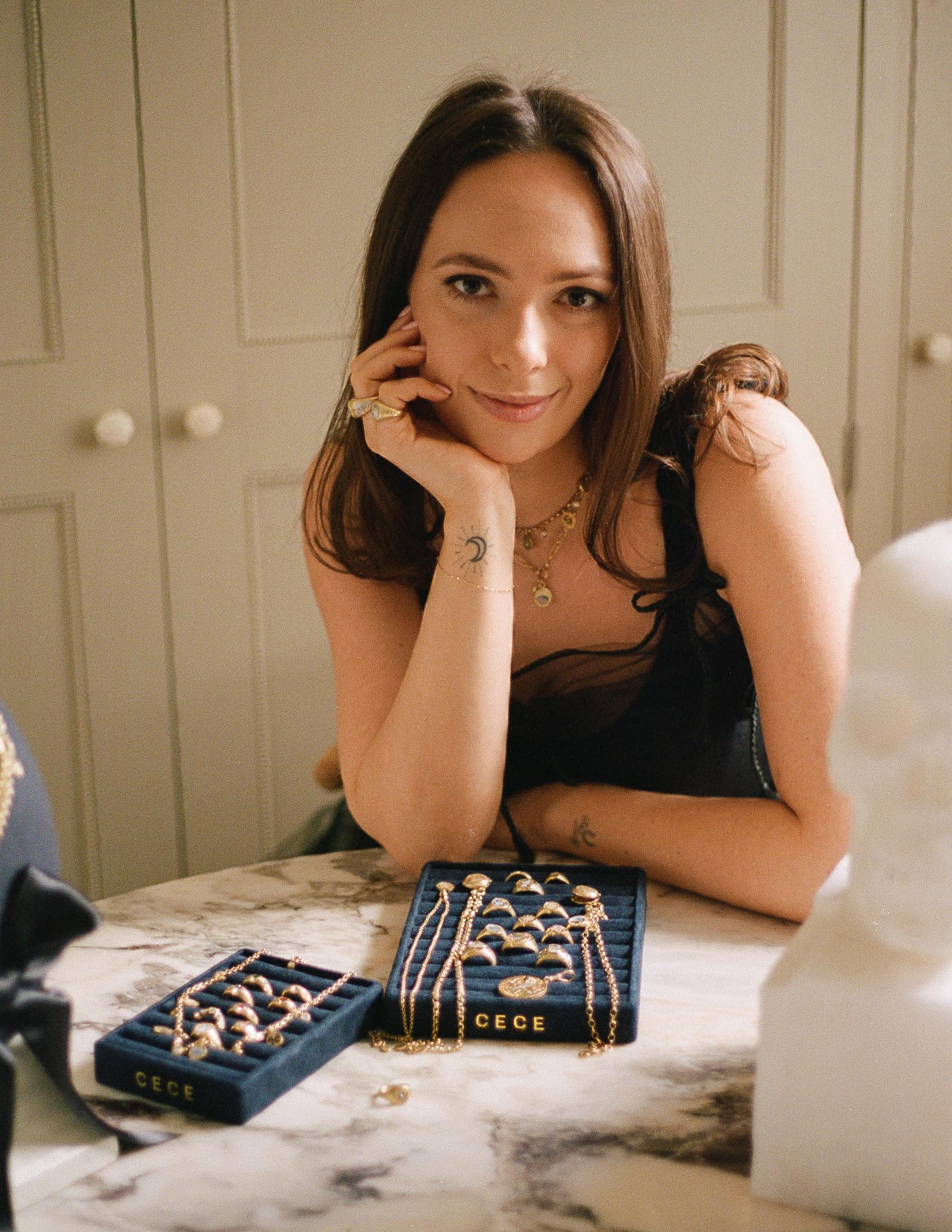
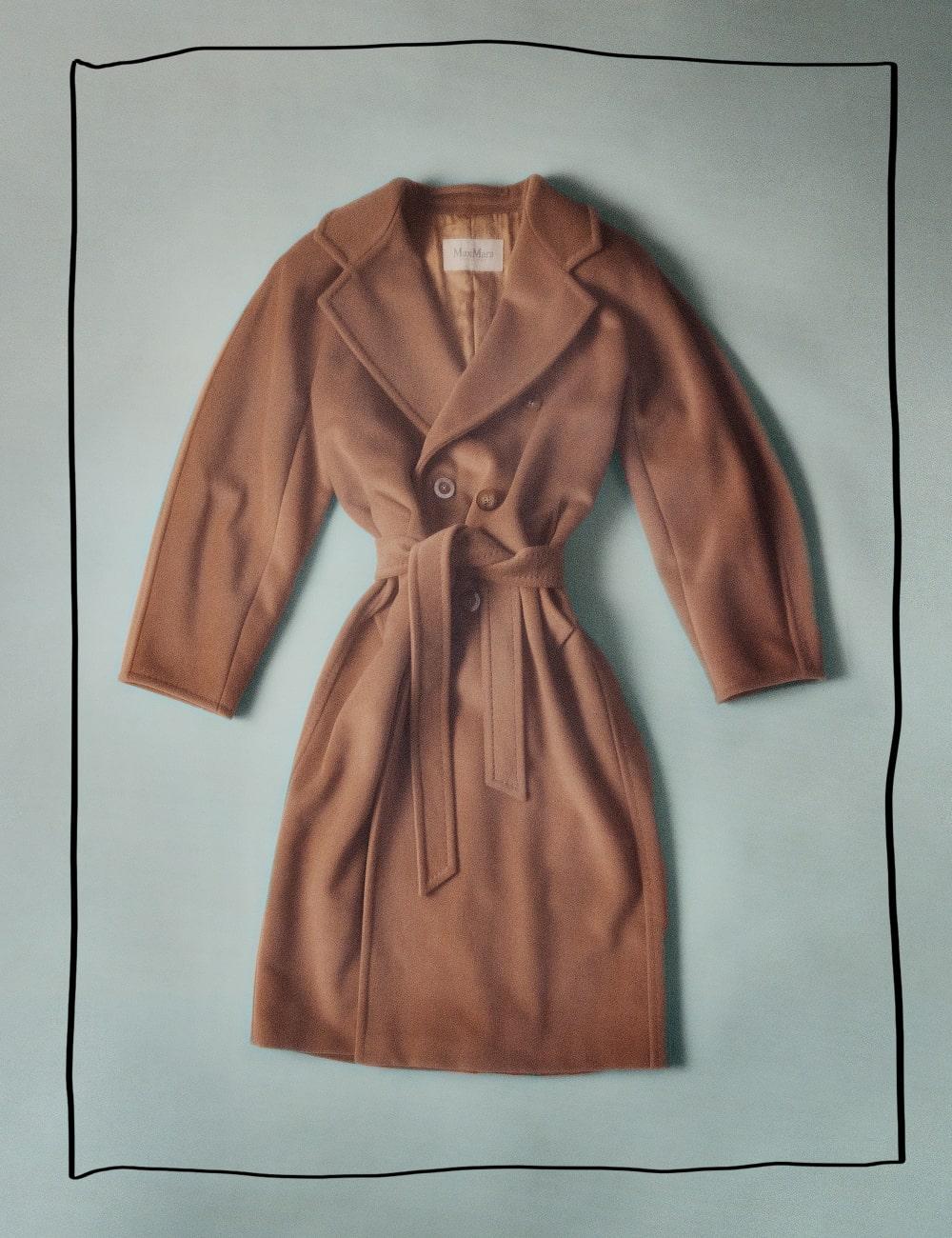
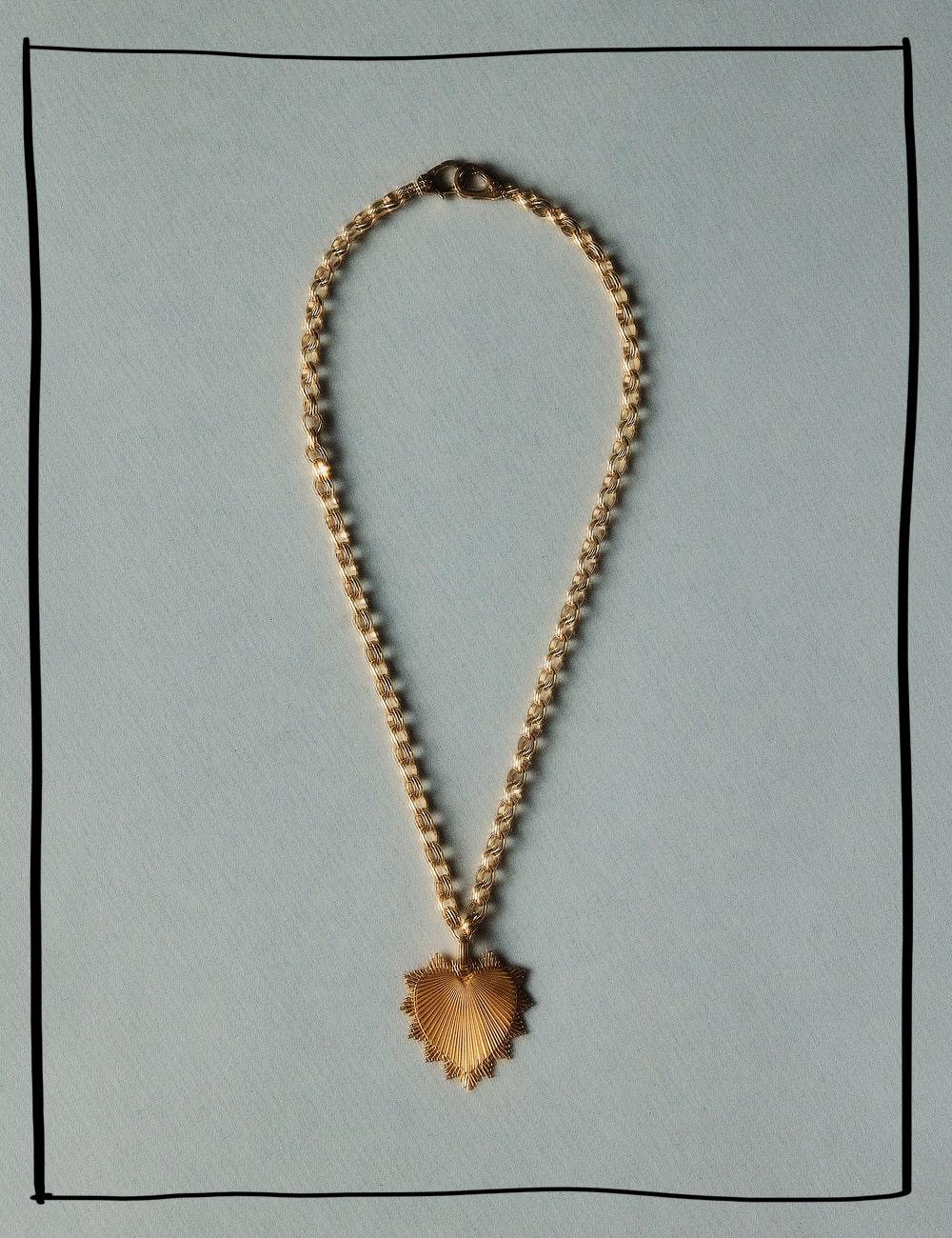
?fmt=auto&qlt=default)

